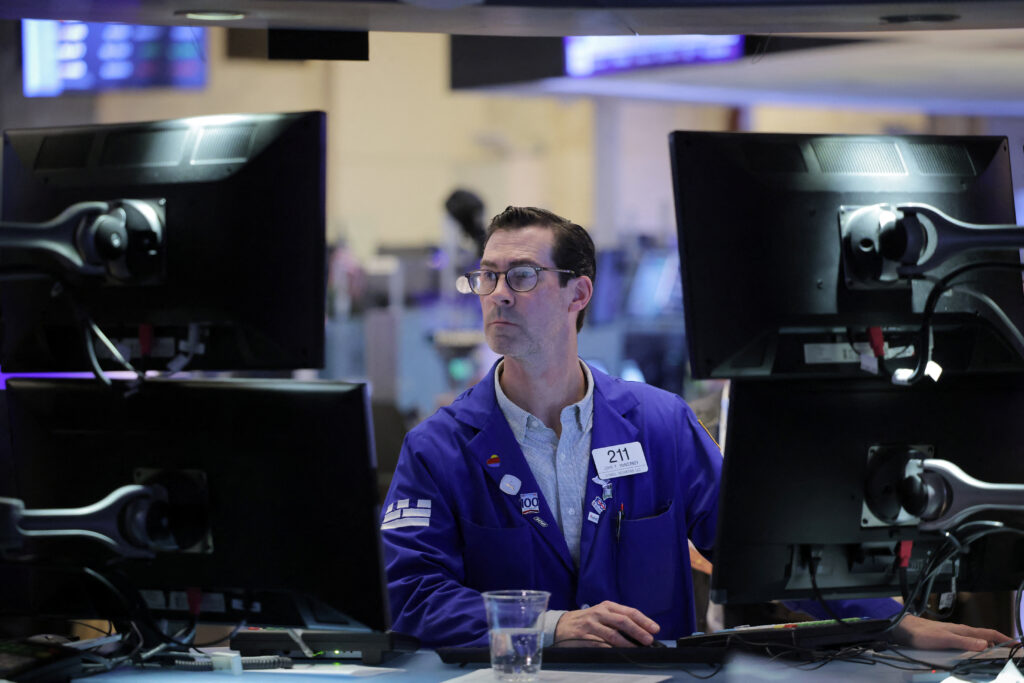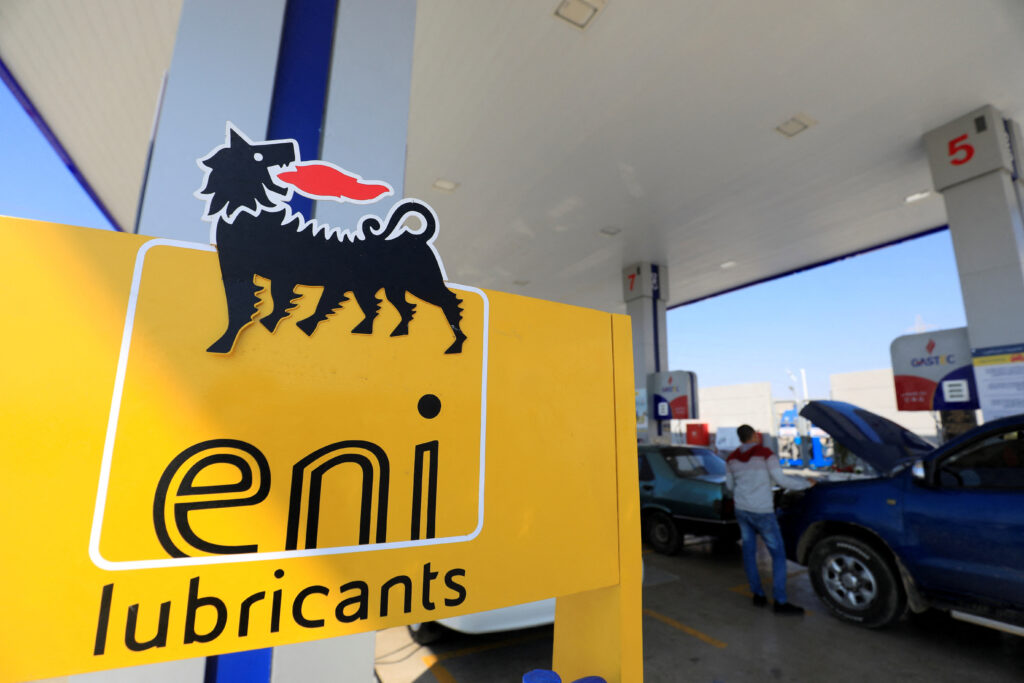Did you know that agricultural commodities in the United States yield an annual production value of around $330 billion, with livestock accounting for approximately half of this value?
Climate disruptions have increased.
Many regions have witnessed a reduction in crop and livestock production due to weeds, diseases, pesticides, and other climate change-induced stresses.
Due to the agricultural system’s significant dependence on the environment and its intricate role in local, regional, and national social and economic systems, climate change presents a significant threat to American agriculture.
At the local, national, and international levels, climate change has the potential to have both positive and negative effects on the location, timing, and productivity of crop, livestock, and fishery systems.
Agriculture & Economy – The Interconnection!
The US agriculture industry and the US economy are intricately linked. The US agriculture industry is a critical pillar of the nation’s economy. It provides food, creates jobs, generates exports, and influences consumer prices. A healthy and productive agricultural sector is essential for a solid and stable US economy.
Here’s a breakdown of this interconnection:
Agriculture as the Foundation:
- Food Production: The US agricultural sector is the nation’s bedrock for food supply. A stable and productive agricultural sector ensures a steady flow of food to grocery stores, restaurants, and consumers.
- Job Market: Agriculture provides a significant number of jobs across various sectors. This includes farmers, ranchers, agricultural laborers, food processing workers, and those transporting and distributing agricultural products.
Economic Benefits:
- Exports: The US is a major agricultural exporter, sending crops, livestock, and other food products around the globe. These exports generate significant income, contributing to the nation’s trade balance and economic health.
- Economic Activity: Agriculture stimulates economic activity throughout various sectors. The production of farm equipment, fertilizers, pesticides, and other agricultural supplies creates jobs and generates revenue.
Impact on Consumers:
- Food Prices: The health of the agricultural sector influences consumer food prices. Abundant harvests and stable yields typically lead to lower food prices, while disruptions caused by extreme weather events or other agricultural challenges can increase prices.
- Food Security: A robust agricultural sector ensures food security for the nation. It guarantees a reliable domestic food supply and reduces dependence on imports.
How Climate Change Affects the US Food Stock
Stable weather patterns are a thing of the past. Heatwaves scorch crops, while erratic rainfall leaves them thirsty. This is an increasingly common reality for American agriculture, thanks to climate change.
Let’s explore how climate change transforms the US food stock from field to table.
Effect on Productivity
Rising temperatures stress crops’ originating power, pushing them beyond their ideal growing conditions. Additionally, unpredictable rainfall patterns wreak havoc. Droughts stunt growth, while heavy downpours can lead to flooding, washing away precious topsoil and nutrients.
The result? Lower crop yields mean less food and potentially higher prices at the supermarket checkout.
Impact on Natural Resources
Water is the lifeblood of agriculture, but climate change is turning up the heat on this vital resource. More frequent and severe droughts are depleting rivers, lakes, and aquifers, putting immense pressure on farmers who rely on irrigation to keep their crops hydrated.
Imagine a thirsty farmer staring at a dried-up well—that’s the fear gripping many agricultural communities.
Without adequate water, even the most fertile land struggles to produce.
Health-Related Effects on Agricultural Workers
Extreme heat events are becoming more frequent, exposing these essential workers to scorching temperatures for extended periods. Imagine toiling under a relentless sun, at risk of heat stroke, dehydration, and other heat-related illnesses.
These dangers impact worker safety and threaten productivity, as heat exhaustion can significantly hinder the ability to work efficiently.
Drought and Water Scarcity
Climate change isn’t just a one-dimensional problem. It disrupts the delicate balance in nature, creating ideal breeding grounds for pests and diseases. Warmer temperatures allow these destructive organisms to thrive, spreading faster and causing more crop damage.
Farmers may resort to increased pesticide use to combat these threats, which can have unintended consequences for human health and the environment.
Disease & Pests
As if extreme weather and dwindling resources weren’t enough, climate change also alters the geographical distribution of pests and diseases. These pests significantly threaten agricultural biodiversity and overall crop health.
Farmers may be forced to adapt their practices and adopt new pest control methods to combat these emerging challenges.
Understanding these challenges is crucial for developing solutions to ensure a sustainable and resilient food system for future generations.
Addressing the Root Cause of the Problem
Climate change isn’t a natural disaster; it’s a consequence of human actions. While vulnerable to its effects, the US food industry also contributes to the problem.
Here are five key ways human activity is altering the climate and impacting US agricultural practices:
1. Greenhouse Gas Emissions: Trapping Heat in the Atmosphere
Burning fossil fuels like coal, oil, and natural gas releases greenhouse gases (GHGs) into the atmosphere. These gases act like a blanket, trapping heat from the sun and causing the planet to become warmer.
Agriculture contributes significantly to GHG emissions through practices like:
- Land-use change: Clearing forests for farmland releases stored carbon dioxide, a significant greenhouse gas.
- Livestock methane: Cows and other ruminant animals produce methane, a potent greenhouse gas, as part of their digestive process.
- Nitrous oxide emissions: Using nitrogen fertilizers in agriculture releases nitrous oxide, another potent greenhouse gas.
Reducing our reliance on fossil fuels and adopting more sustainable agricultural practices can mitigate these emissions and slow global warming.
2. Changing Land Use Patterns
Forests are vital in absorbing carbon dioxide, a natural process that helps regulate the climate. However, deforestation to create more farmland disrupts this crucial function.
This increases atmospheric carbon dioxide and disrupts local weather patterns, potentially leading to more extreme weather events that harm crops.
3. Intensive Farming Practices
Modern agricultural practices often prioritize short-term yields over long-term sustainability. Overusing fertilizers and pesticides can deplete soil health, reducing its ability to store carbon.
Healthy soil acts as a natural carbon sink, but unhealthy soil releases stored carbon into the atmosphere, further accelerating climate change.
4. Food Waste
Food waste is a significant global problem; the US is no exception. Uneaten food decomposes in landfills, releasing methane, a potent greenhouse gas.
Reducing food waste at all stages of the food chain, from farm to table, can significantly reduce greenhouse gas emissions and lessen the impact on climate.
5. Water Management Issues
Water management practices in agriculture can contribute to climate change in two ways:
- Irrigation and Evaporation: Large-scale irrigation systems can increase evaporation, adding moisture to the atmosphere and potentially intensifying heat waves.
- Drainage and Methane Release: Drained wetlands release methane stored in the soil, further accelerating climate change. Imagine once-lush wetlands being drained for agricultural use, releasing their trapped methane into the atmosphere.
Recommended Policies:
Climate change presents a formidable challenge to the US food stock, but it’s not impossible. Proactive policies can foster a more sustainable and resilient agricultural system that can withstand the changing climate.
1. Investing in Public Research
Public research institutions have a critical role in developing climate-smart solutions for agriculture. Increased funding can support research into:
- Drought-resistant crops: Developing crops that require less water or thrive in drier conditions can help farmers adapt to changing precipitation patterns.
- Heat-tolerant varieties: Breeding crops that can withstand higher temperatures can help mitigate yield losses due to heat stress.
- Sustainable farming practices: Researching and promoting practices like cover cropping, reduced tillage, and integrated pest management can improve soil health, reduce emissions, and enhance overall farm resilience.
2. Expanding Conservation Programs:
Conservation programs play a vital role in protecting natural resources and mitigating the effects of climate change. Expanding these programs can achieve several goals:
- Encouraging Sustainable Land Management: Programs incentivizing farmers to adopt practices that conserve soil and water can help reduce erosion, improve soil health, and increase carbon sequestration.
- Protecting Forests: Forests are vital carbon sinks. Programs that support forest conservation and restoration can help mitigate climate change and maintain healthy ecosystems that support agriculture.
- Promoting Biodiversity: A diverse agricultural landscape is more resilient to pests and diseases. Programs encouraging farmers to integrate diverse plant and animal species can improve farm health.
3. Achieving Net-Zero Emissions:
Achieving net-zero emissions is an ambitious but essential goal. Here’s how we can work towards it:
- Renewable Energy Incentives: Providing incentives for farmers to adopt renewable energy sources like solar and wind power can reduce their reliance on fossil fuels and decrease their carbon footprint.
- Investing in Clean Technologies: Supporting the development and adoption of clean technologies, such as precision agriculture techniques and electric farm equipment, can further reduce emissions and improve overall farm efficiency.
4. Strengthening Safety Nets:
Climate change presents a significant economic risk to farmers. Strengthening safety nets can provide crucial support as they adapt to a changing environment:
- Crop Insurance Programs: Enhancing crop insurance programs can provide financial protection against crop losses caused by extreme weather events, helping farmers weather economic hardship.
- Farmer Training and Education: Providing farmers with training and educational programs on climate-smart practices and risk management strategies can equip them with the knowledge and skills necessary to adapt to new challenges.
Bottom Line:
The challenges are vast and complex, from scorching heat waves reducing crop yields to unpredictable rainfall patterns disrupting water resources. The consequences ripple through the entire food chain, impacting food security, prices, and even the health of agricultural workers. However, this isn’t an impossible challenge.
Our choices today will determine how our food system adapts and thrives in the face of climate change, ensuring a healthy and secure food supply for future generations.
Peter Williams, a financial writer with over five years of experience, specializes in covering stock market movements, bond markets, commodities, and macroeconomic trends.










